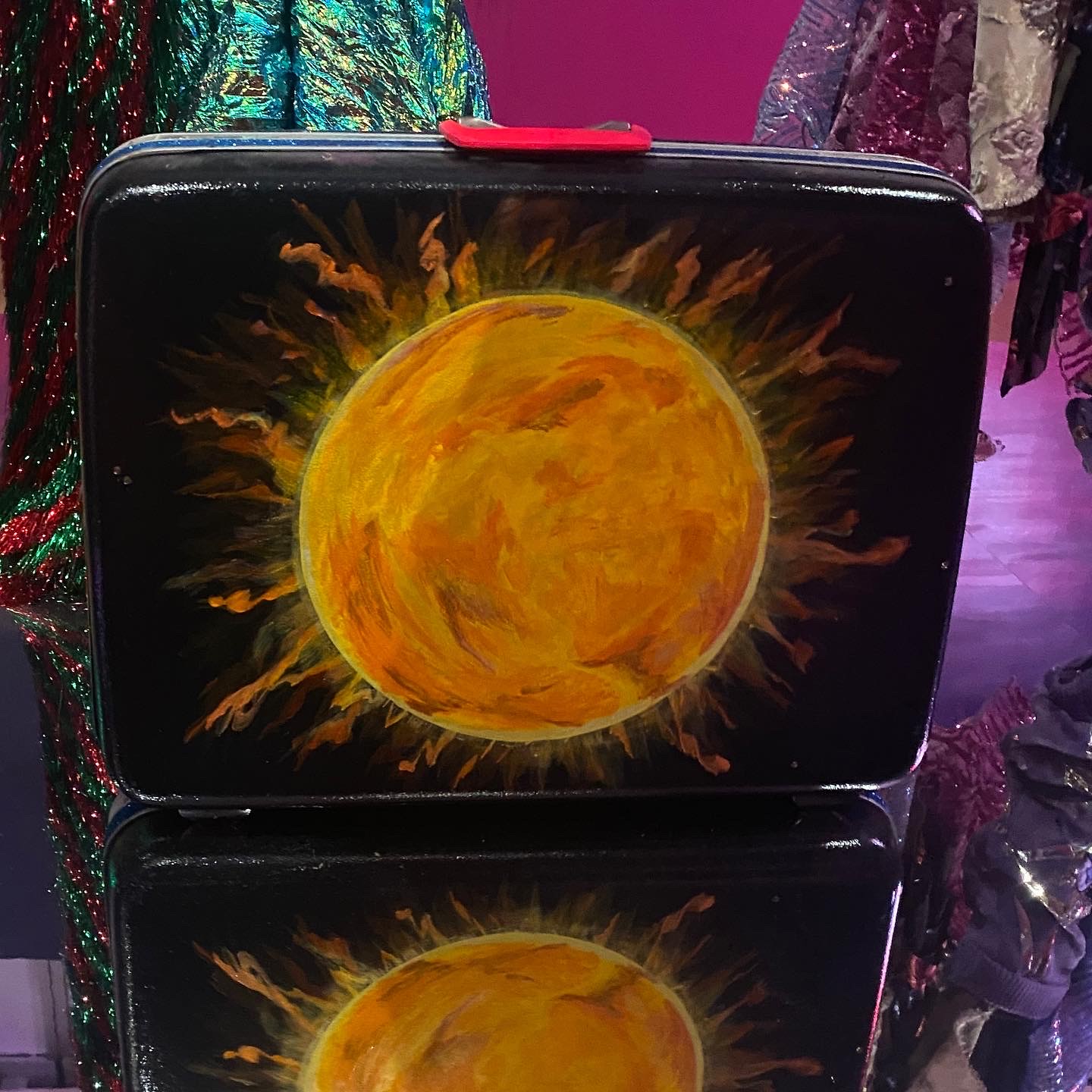In his book, "The Creative Act," Rick Rubin eschews celebrity name-dropping or gossipy story-telling about the staggering number of famous musical acts he has produced in the past four decades. Rather he dons the persona of the wise sage, an Alan Watts of creativity offering Zen-like meditative reflections on summoning the muse. Just when you think each chapter is about to end, he offers one more aphorism for ya. So, what can we learn here?
The great works of art are just "all humanity being true to itself."
Artists are not the originators of great art. They are merely the conduits for art. The artist, like nature, is on a cosmic timetable. It is their job to listen.
"As artists, it is our job to draw down this information, transmute it, and share it. We are all messengers for the messages the universe is broadcasting," Rubin writes.
The more we perceive, the more material we get for art, the richer our life in general.
Like fishing, an artist can only cast a line into the cosmos and be there when something bites.
You are your own instrument. Be like a child, with a great wonder about everything, and are open to everything. Nothing is ordinary, no stone is unturned. Inspiration takes priority over all else.
Though it is not something to be relied upon, inspiration can carry you across the entire piece. John Lennon once advised, finish a song in a sitting. Get through a rough draft. A rough version is better than a perfect fragment.
![]()
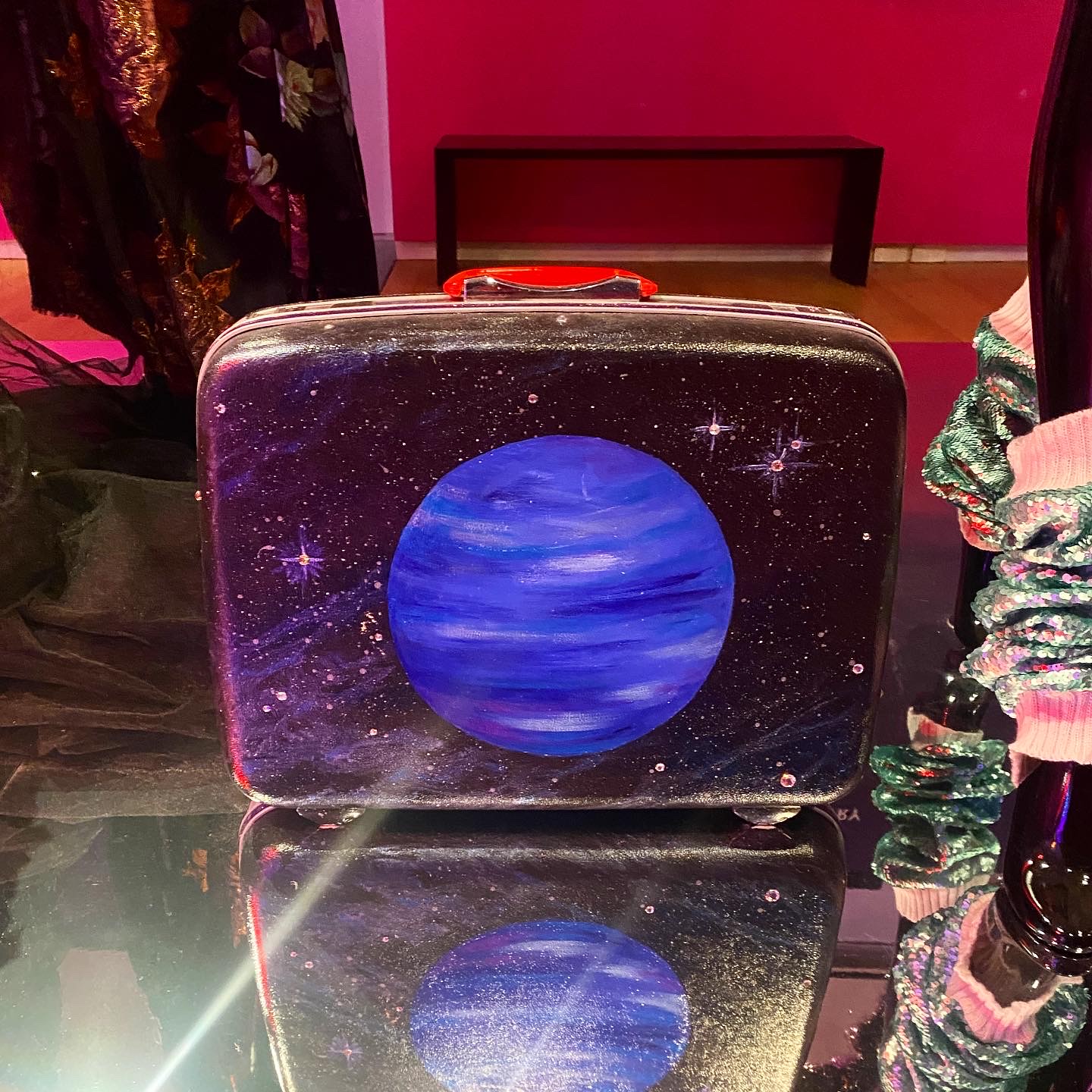
But where to start?
When working on a creative problem, be aware of what is around you, as the universe will provide clues on the next step to take (or, as an old friend once called it, "listening to the Holy Ghost.")
An overheard sentence at a coffee shop may provide the next line for the play you are writing.
Or, pick up a book, and read the first sentence you see. Dreams provide clues. Honor the random.
“Look for what you notice, but no one else sees,” Rubin advises. Artists find the extraordinary in the mundane.
You must have faith in this process, where you travel in a direction while not understanding where it will ultimately take you.
![]()
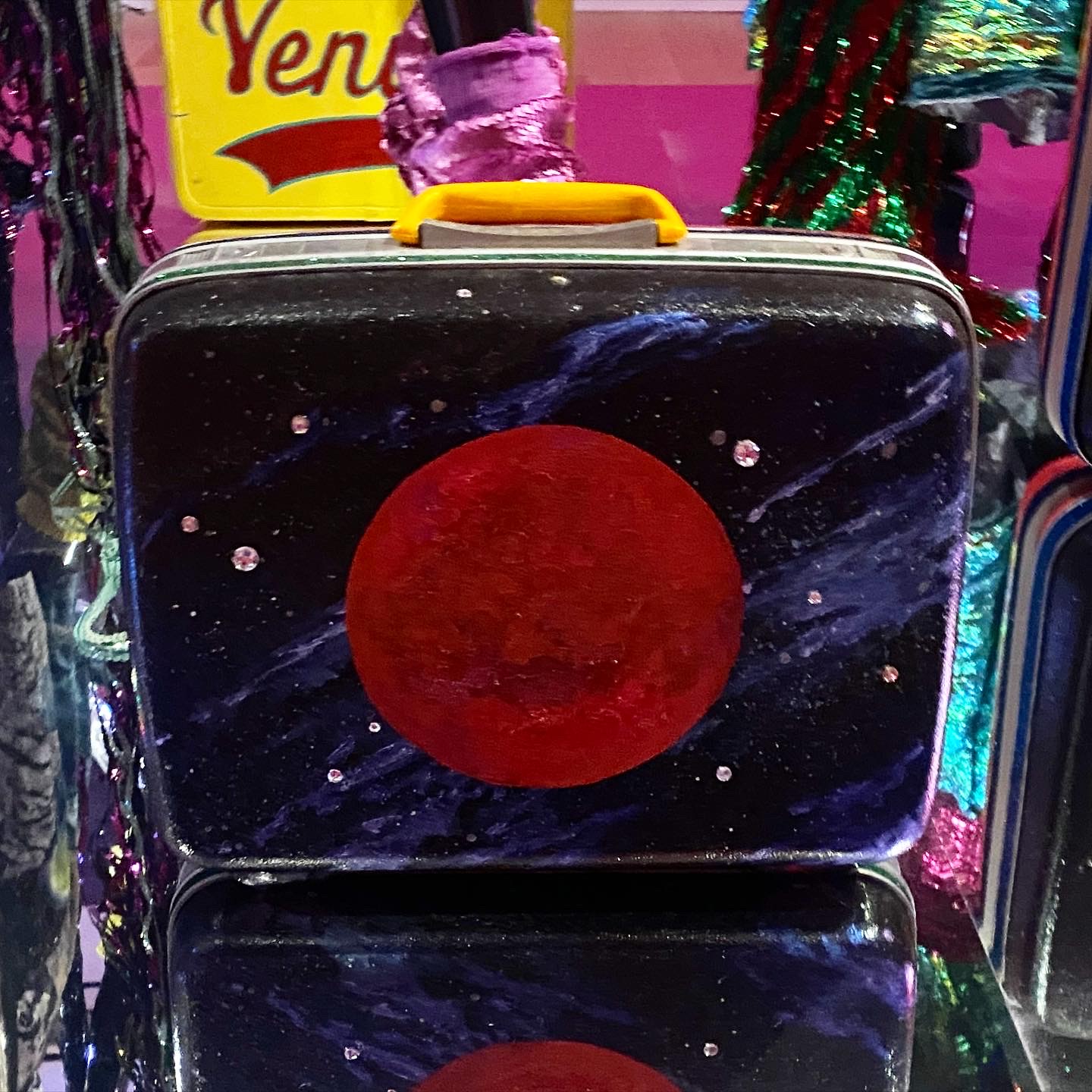
Every day is a chance to create a new work, a work, original for that day.
“Tomorrow presents another opportunity for awareness, but it’s never an opportunity for the same awareness,” Rubin writes.
Follow your muse: “It is better to follow the universe, than those around you.”
Keep an eye out for recurring patterns.
Hints of direction-to-follow are small and arrive quietly. “They appear as tiny signals traveling through the void of space, quiet and subtle, like a whisper.”
To hear them, the mind must be quiet, paying attention on all fronts.
“Faith is rewarded perhaps even more than talent or ability.”
Epiphanies are hidden in random moments, so just showing up on a regular basis, and doing the work is the key.
There is no starting point. Any direction is valid. Try them all without committing to them.
“Listening then is not just awareness. It is freedom from accepted limitations“
“If you know what you want to do and you do it, that’s the work of a craftsman. If you begin with a question, and use it to guide an adventure of discovery, that’s the work of an artist.”
Notice what holds your interest. That will always be in the greatest service of the work.
“We are dealing in a magic realm. Nobody knows why or how it works,” Rubin writes.
![]()
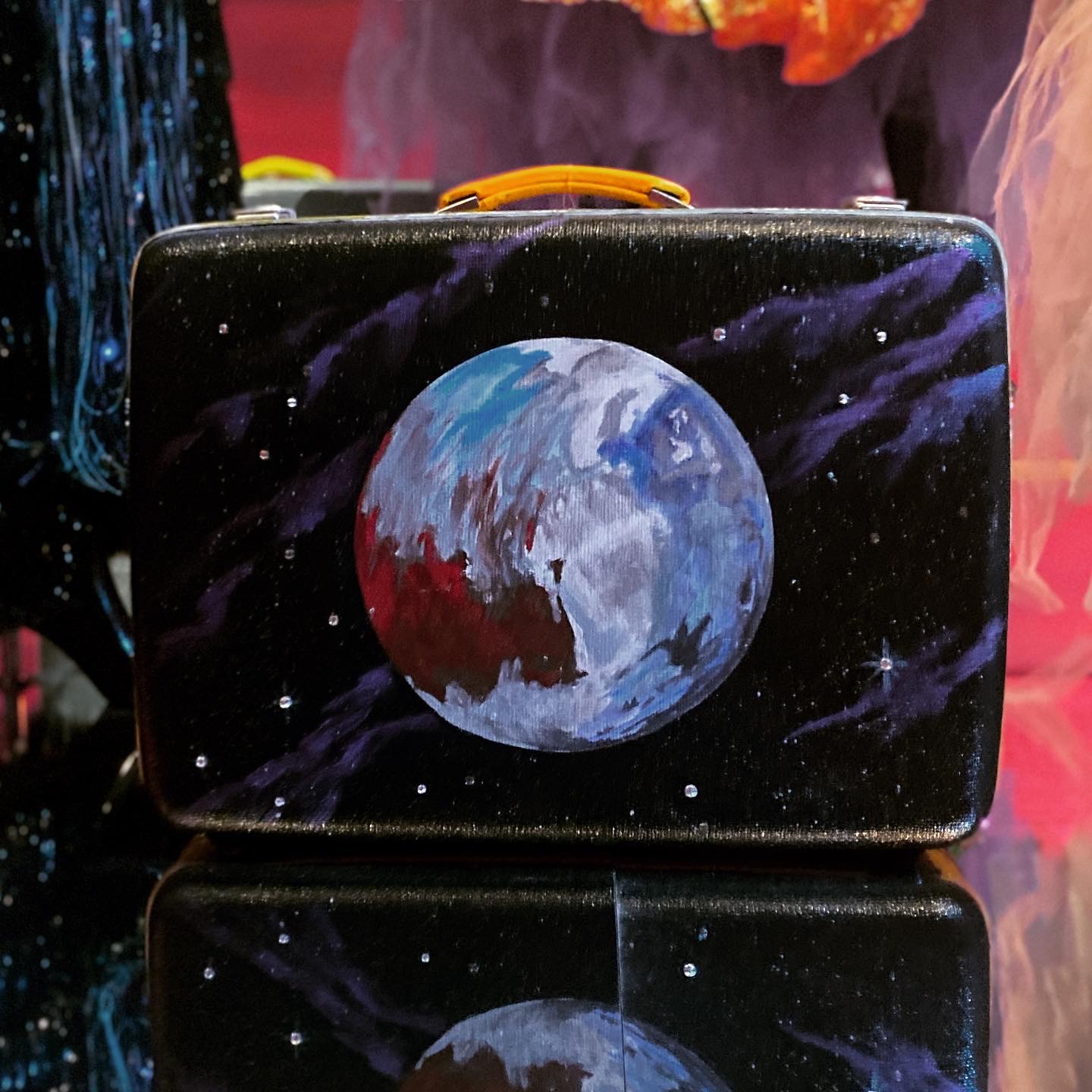
“Failure is the information you need to get where you are going.”
Turn down the voices of doubt. Lower the stakes.
Label your insecurities. Don’t get overwhelmed by self-talk. “Your desire to create must be greater than your fear.”
Voices in your head – saying it's great, or that it’s not good enough – are from others that you have internalized while growing up. They are distractions.
Some common self-nags: Not taking work to the highest expression, settling, thinking you can only work in certain conditions, or require certain tools, abandoning the work when it gets too tough. Setting goals so lofty you never start them.
Doubt the work, but never doubt yourself.
If you get stuck, keep in mind that what you are doing is not your greatest work – just aim for the greatest work that day.
All work is an art in progress, each piece a stepping stone for the next. Each work can only be a piece of the reflection of us. It can never provide the total picture.
Each new project is another opportunity at bat. Every piece is another iteration.
![]()
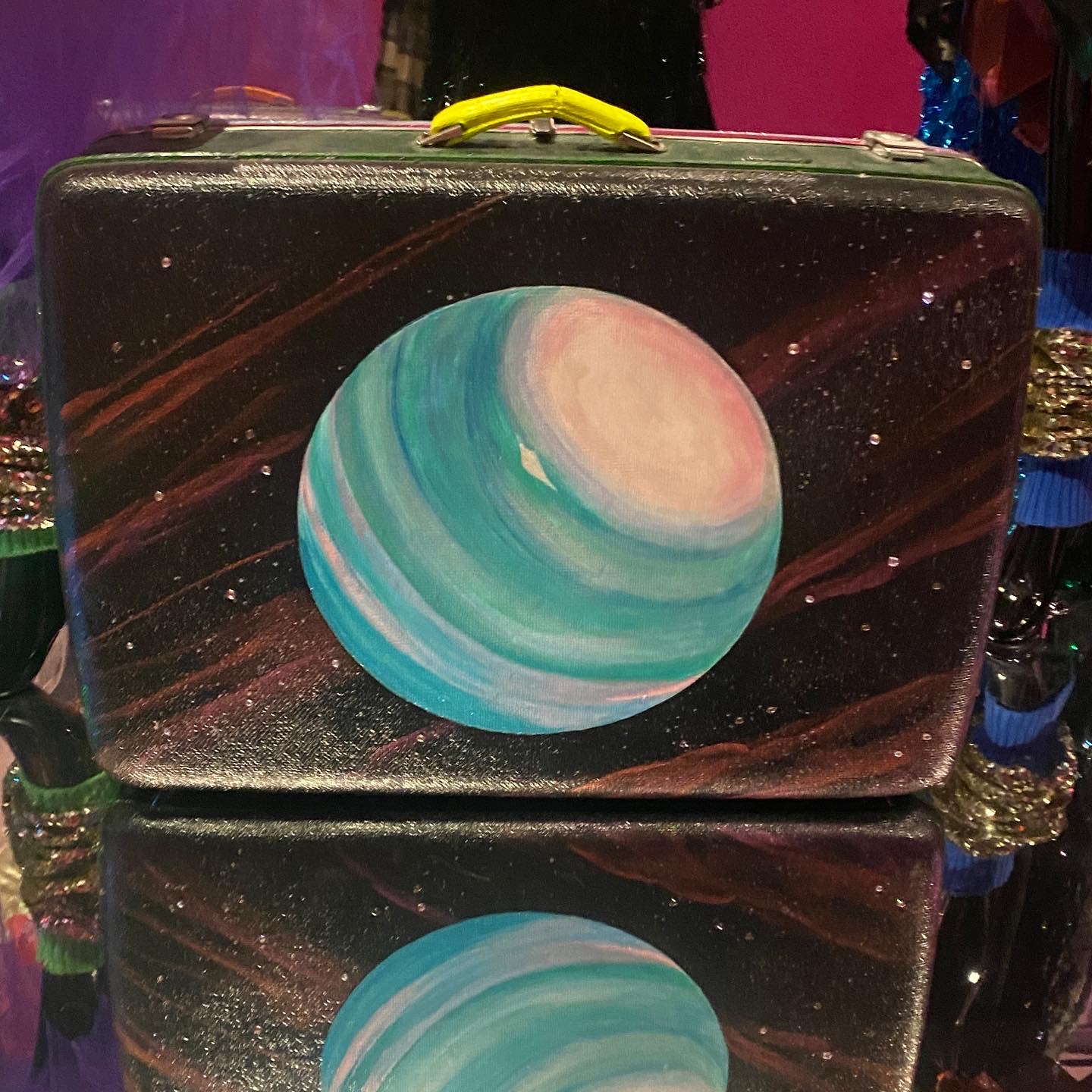
Be aware when you are not taking in information any more. Do something with focused intention, rather than auto-pilot.
The craft phase comes later: Prune what is not necessary to reinforce the core.Make transitions as minimal as possible.
The line between mediocre and great is fine–one little addition can move the project from so-so to great.
“When we become overly attached to a premature version of the work, we do a disservice to the project’s potential,” Rubin reminds us.
If you are stuck in one section, work around it.
Outside voices and pressures can undermine your focus.
“The intention of art can shift from self-expression to self-sustainment, from creative choices to business decisions.”
Often the artist may have a voice in their head, saying that the work is great, or that it is terrible. More often than not, these are outside judgments internalized. They must be quieted.
Any pressure from outside the work is a signal for self-examination, “the artist’s goal is to keep themselves pure and unattached.”
“There is no more valid metric to predict what someone else might enjoy than us liking it ourselves,” Rubin writres.
![]()
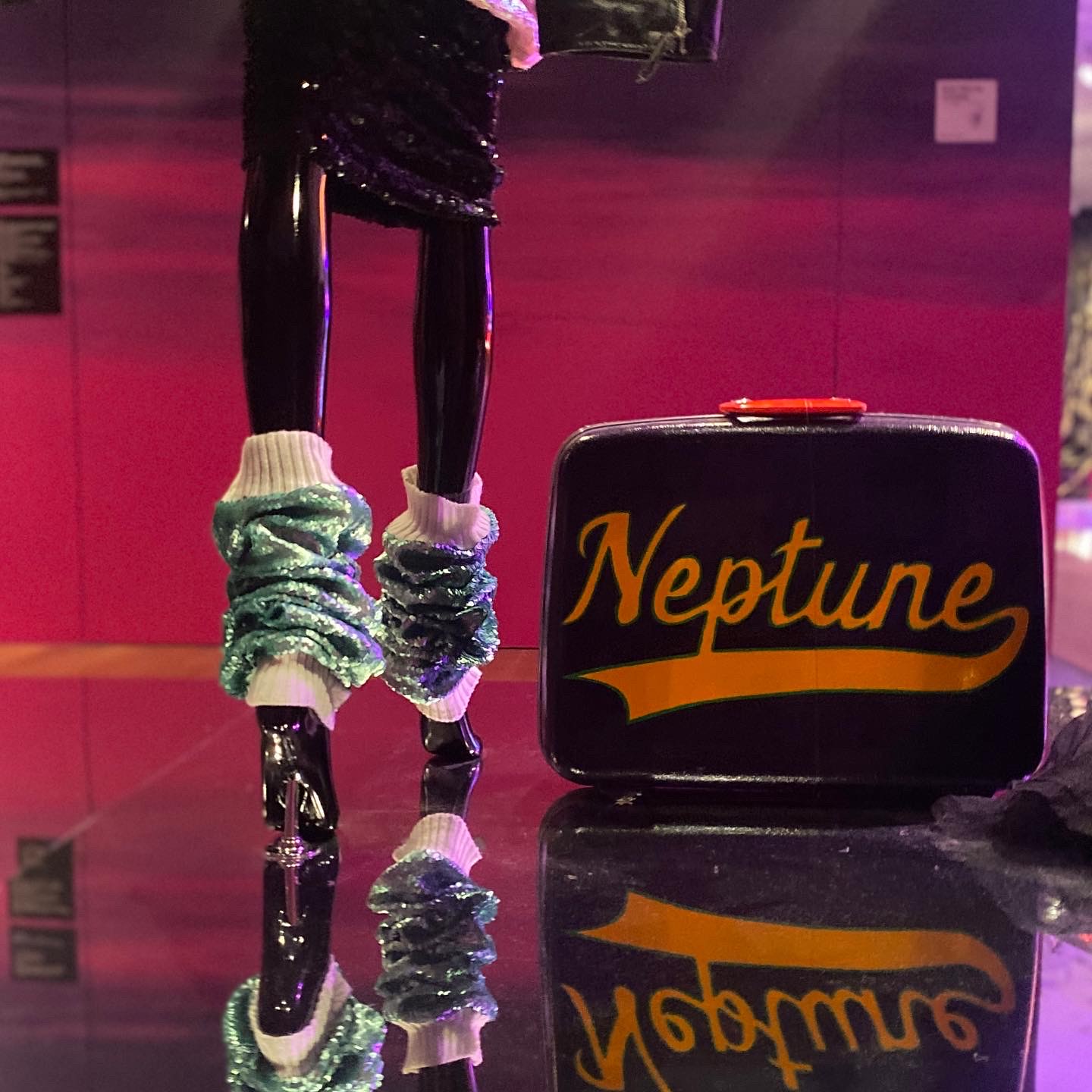
Finish the work.
“Even if there is no audience to receive it, we build the muscle of making something and putting it out into the world. Finishing our work is a good habit to develop.”
The more we release, the more secure we are in releasing.
“The excitement of what is coming next can generate the vital energy needed to bring the current work to its close,” Rubin writes.
There’s no reason to horde material.
“When we use our material, new content comes through,” he writes.”Choosing to live in scarcity leads to stagnation.”
The golden period is only true if you think it is.
The abundant mindset assumes the best things are yet to come: we live in an energized state of making things and letting them go. Rinse, later, repeat.
Images from the Machine Dazzle show at the New York Museum of Arts and Design.
